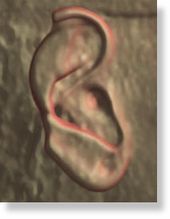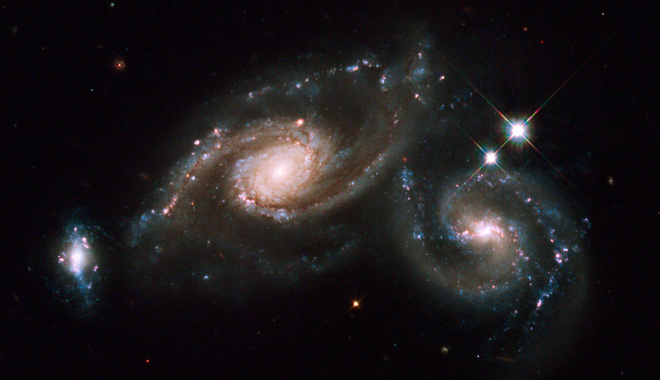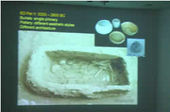
"We acquired a lot of information on how the bust was manufactured more than 3,300 years ago by the royal sculptor," said the study's lead author Alexander Huppertz, M.D., director of the Imaging Science Institute in Berlin, Germany. "We learned that the sculpture has two slightly different faces, and we derived from interpretation of the CT images how to prevent damage of this extremely precious art object."







